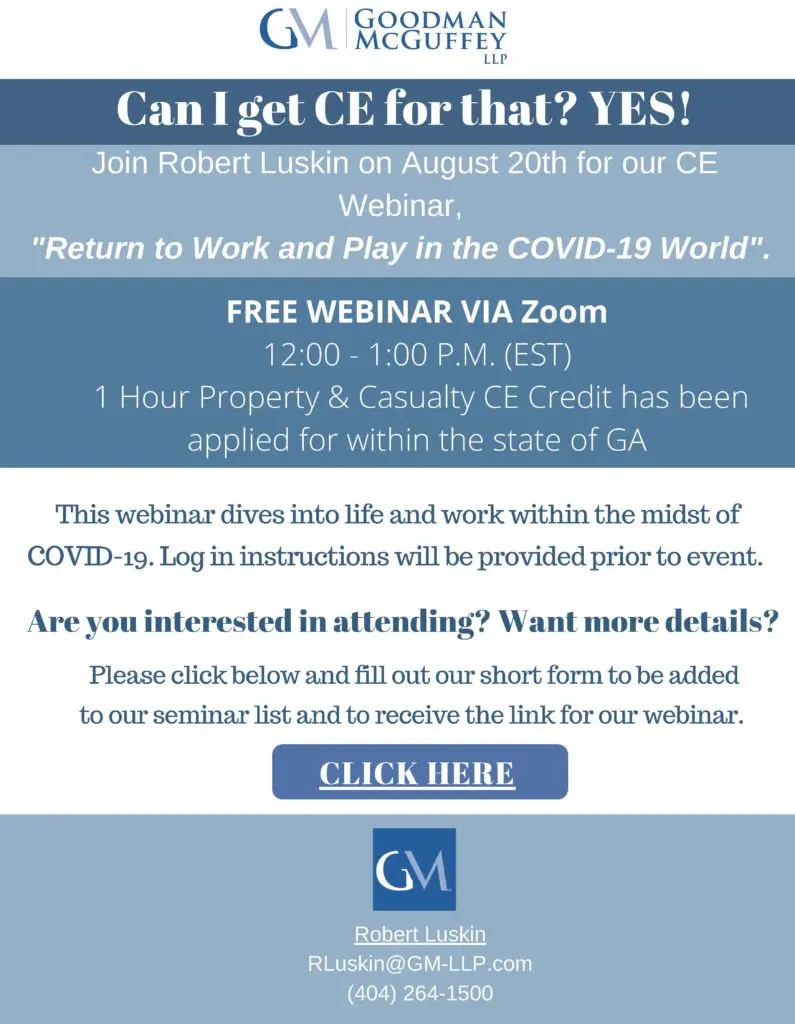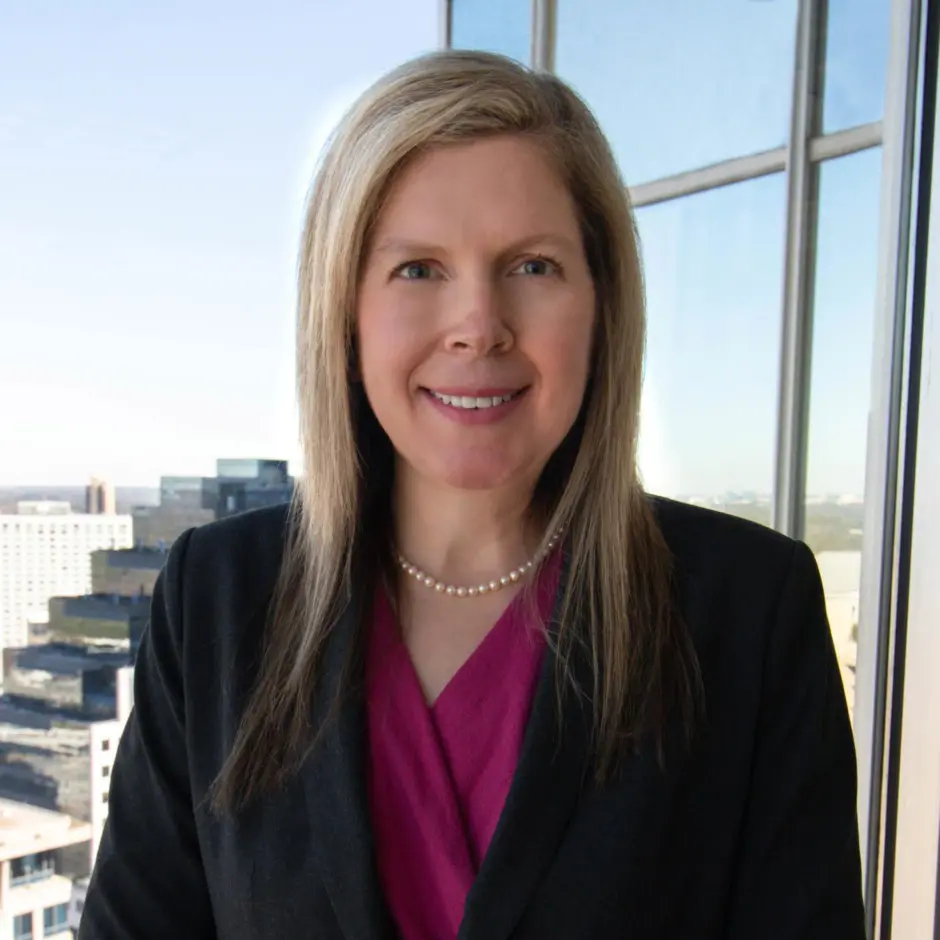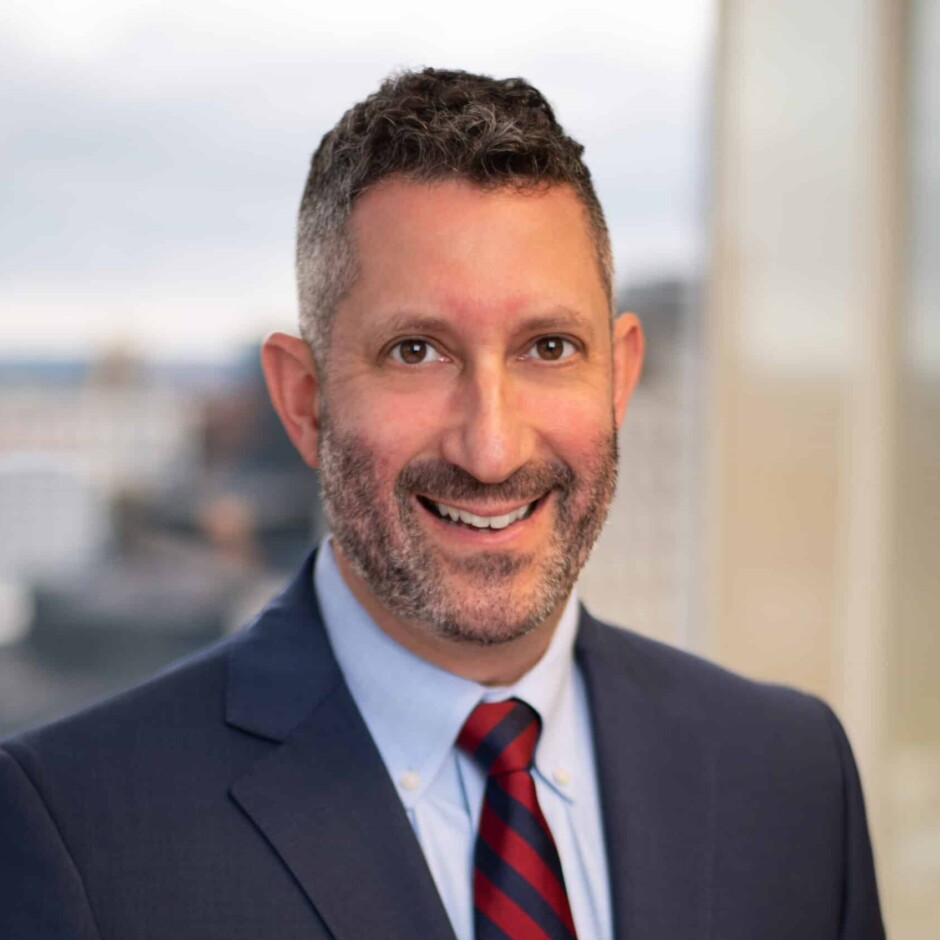Georgia Supreme Court Reverses 85 Years of Workers’ Compensation Precedent Regarding “Off-the-Clock” Injuries
By: Fred R. Green, Esq. and Chaunté J. Tate, Esq.
On June 16, 2020, with its ruling in Frett v. State Farm Employee Workers’ Comp., No. S19G0447, 2020 WL 3244075, a divided Georgia Supreme Court overruled Ocean Acc. & Guar. Corp. v. Farr, 180 Ga. 266, 178 SE 728 (1935), and reversed the decision of the Georgia Court of Appeals that had denied workers’ compensation benefits to a worker who sustained injuries when she slipped and fell at her place of employment during a scheduled lunch break. Finding the reasoning in Farr to be “unsound,” and “completely untethered from the analytical framework consistently employed” by the high court in workers’ compensation cases “for nearly a century,” the majority of the Court said that Farr impermissibly conflated the “in the course of” and “arising out of” prerequisites to compensability. In sum, the majority decided, “the stare decisis factors weigh in favor of overruling Farr.”
Background
Frett, an insurance claims associate for State Farm, had a mandatory, unpaid, 45-minute lunch break. An automated system scheduled staggered lunch breaks to ensure enough associates were available to handle calls. After logging on for the day, Frett would see her schedule, including the time for her lunch break. At her scheduled lunch break time, Frett would log out of the phone system. It was undisputed that Frett was free to do as she pleased on her break and could leave the office for lunch if she wished. Frett was neither expected nor asked to do work during her lunch breaks. Frett usually brought her lunch and would walk to the State Farm employee breakroom on her floor to prepare her food. During the spring and summer, she would eat her lunch on a bench outside of the office building or in her car in the parking lot. State Farm has a suite within the shared office building but did not own the parking lot nor the surrounding outdoor areas.
On the day of the accident, Frett logged out of the phone system at her assigned time and walked to the breakroom where she microwaved her food. As Frett started to exit the breakroom to take her lunch outside the building, she slipped on water and fell, sustaining an injury. Frett was still inside the breakroom when she fell.
Frett sought workers’ compensation benefits, but after the Administrative Law Judge awarded benefits, the Appellate Division of the Board found that Frett had not sustained a compensable injury under the Workers’ Compensation Act because, although her injury occurred “in the course of her employment, it did not arise out of her employment but, instead, arose out of a purely personal matter.” Both the Superior Court and Georgia Court of Appeals affirmed the denial of benefits. Citing Farr, the Court of Appeals held Frett’s injury was not compensable because it occurred during a scheduled lunch break, when she was “free to do as she pleased.”
The Lunch Break Defense
When the Supreme Court decided Farr in 1935, it created what we know as “the lunch break defense.” Under certain defined circumstances, it served as a shield for employers in the workers’ compensation world. It held that if an employee sustains an injury during a scheduled break when the employer does not exercise control over the employee who is free to do what she wants, the injury did not occur in the course of employment. The Farr Court concluded that preparing lunch is an individual pursuit, and therefore, an injury sustained while engaging in that pursuit does not arise out employment, even if the injury occurs on the job site. The lunch break defense was founded on the proposition that during the lunch hour the employee turns aside from his employment for his own purposes, and the employer-employee relationship is suspended.
In the Course of Employment
Justice Blackwell wrote the opinion for the majority in Frett. Initially, he concluded that Frett sustained an injury “in the course of” her employment, noting it was undisputed she was injured on the premises of her employer, in the middle of her workday, while preparing to eat lunch. That activity was reasonably necessary to sustain her comfort at work, was incidental to her employment, and was not beyond the scope of compensability under the Act.
Being Off-the Clock Did Not Change the Outcome
The fact Frett was not paid during her lunch break, or that she was free to do other tasks during that time, was not dispositive of whether preparing to eat her lunch was “in the course of” her employment. When analyzing the “in the course of” prerequisite, the courts have generally focused on the nature of the employee’s activity at the time of the injury, not whether she was paid for it or was free to do something else.
The majority in Frett stressed it was not a close case. Justice Blackwell wrote it was clear that Frett was injured during an ordinary lunch break in the middle of her workday in a breakroom provided by her employer for the use of employees during such breaks. Frett was indeed using her break time to prepare and eat her lunch, not to run some personal errand. Thus, the majority had no trouble concluding, as did the Board, that Frett was injured “in the course of” her employment.
Arising Out of Employment
Citing earlier decisions, Justice Blackwell indicated that an injury “arises out of the employment” when a reasonable person, after considering the circumstances of the employment, would perceive a causal connection between the conditions under which the employee must work and the resulting injury. In this case, it was undisputed that Frett was injured when she slipped and fell on the wet floor of the breakroom on her employer’s premises. Justice Blackwell said it logically followed that Frett’s injury was causally connected to the conditions under which she worked. Therefore, the majority concluded her injury “arose out of” her employment while at the same time acknowledging that determination conflicted with Farr.
Because the facts in Frett were so similar to those in Farr, Justice Blackwell noted the precedent established by the Supreme Court’s decision in Farr strongly suggests that the injury sustained by Frett was not compensable. He went on to state, “if Farr remains good law, the decision of the Board in this case must be upheld.”
Stare Decisis – Farr’s Reasoning Was Unsound
The Court explained in great detail the factors to evaluate before deciding whether overrule precedent. According to the majority, the reasoning of Farr was “unsound”, and it was “completely untethered from the analytical framework consistently employed by this Court in workers’ compensation cases for nearly a century.” The majority in Farr determined that the injury at issue did not arise out of employment because it occurred at a time when the employee had left his work duties and was engaged in an “individual pursuit.” With its reasoning, the Farr Court conflated the “in the course of” and “arising out of” prerequisites to compensability.
Whether a worker is performing an employment-related activity at the time of the injury is a question that belongs squarely to the “in the course of” prerequisite. On the other hand, the “arising out of” prerequisite deals with causation – whether there is a “causal connection” between the employment and the injury. Justice Blackwell stated that if the Farr Court had engaged in the proper analysis, its conclusion would have been different. For those reasons, the majority said, “the scheduled break rule is not particularly workable. It is not based on sound reasoning and defies reasonable expectations about ordinary working conditions.” The Frett Court expressly overruled Farr and many of the subsequent cases interpreting it.
Looking Ahead
While Frett clearly overruled Farr and several other decisions following Farr, the question becomes how far does the ruling extend? There is no doubt the lunch break defense no longer applies when the employee is on a scheduled break on the employer’s premises. Would the result have been different if Frett was doing yoga or engage in some other personal pursuit when the injury occurred? Would the result have been different if Ms. Frett had left the State Farm office to have lunch at an off-site restaurant? Is the employer still liable in workers’ compensation if the employee slips and falls while on a scheduled break while dining at Chick-fil-A because eating lunch is reasonably necessary to sustain her comfort at work, and was incidental to her employment, even if she is no longer on the employer’s premises? What if she were involved in a car wreck going to or returning to the office from lunch?
The Supreme Court of Georgia overruled Farr and reversed and remanded the case for further proceedings. It seems likely Frett will be awarded workers’ compensation benefits when her case is heard again at the State Board. How far the ruling will extend in the case of off-the-clock injuries remains to be seen.
Conclusion
As it has done many times before, including when it decided Farr, the Georgia Supreme Court has again legislated from the bench.
The key takeaway from this decision, at least for now is that an employer can be liable to pay workers’ compensation benefits if an employee sustains an injury on the employer’s premises while the employee is on a scheduled break, especially if they are preparing lunch. In other words, the lunch break exception as we knew it no longer applies if the employee remains on the employer’s premises during the scheduled break.
You can access the opinion by clicking HERE. If you have any questions about this historic Supreme Court of Georgia decision, or if you would you like to discuss any other Georgia workers’ compensation issue, please contact Fred Green, (404) 926-4111, fgreen@gm-llp.com, or Chaunté Tate, (404) 926-4105, ctate@gm-llp.com.





